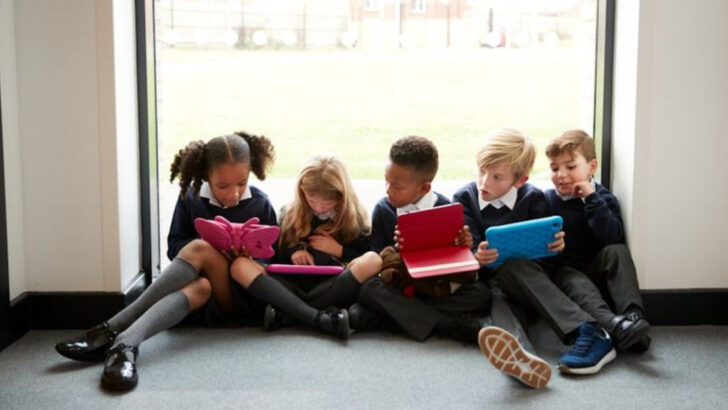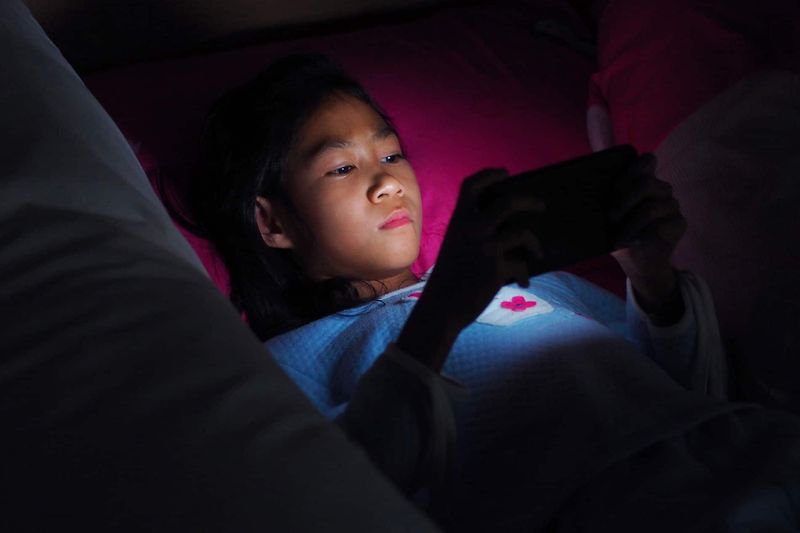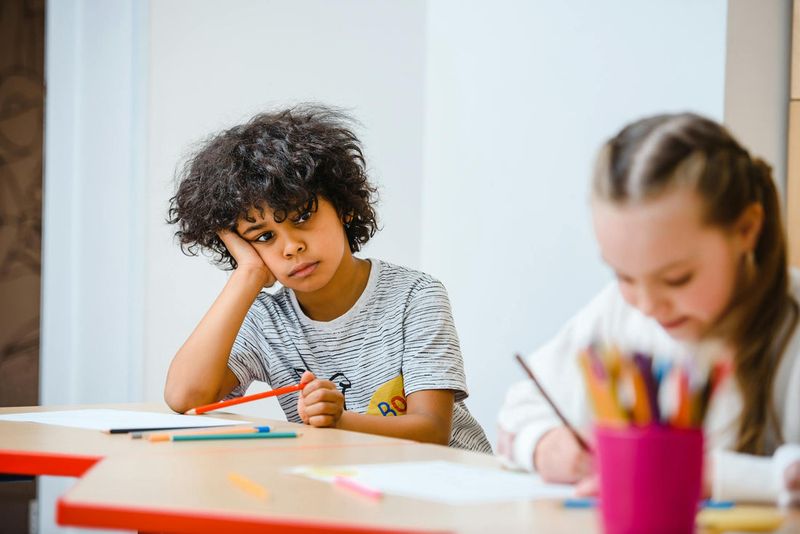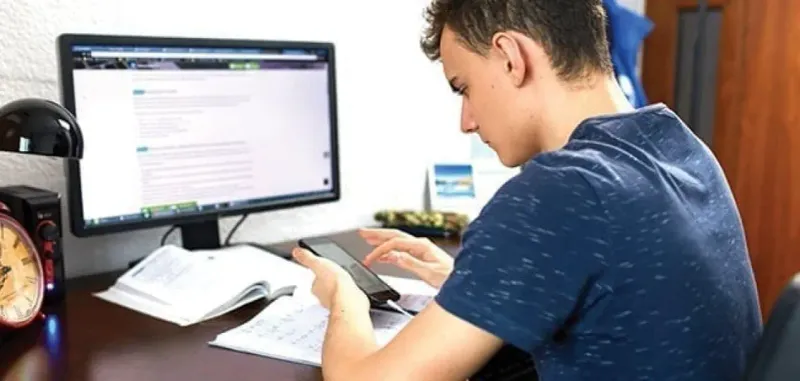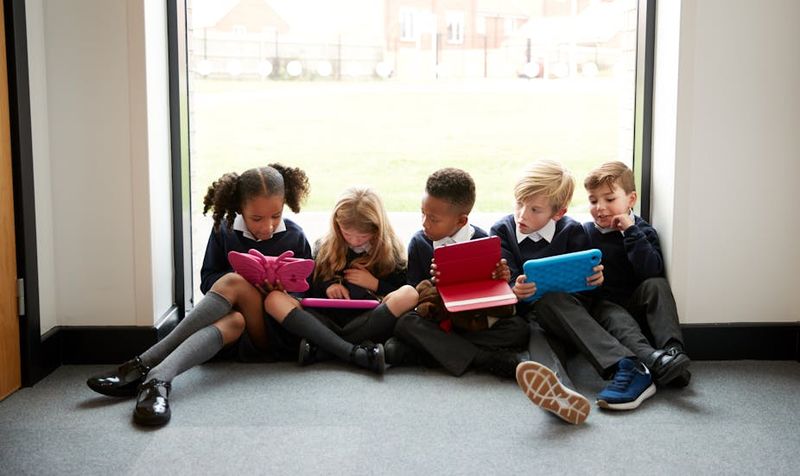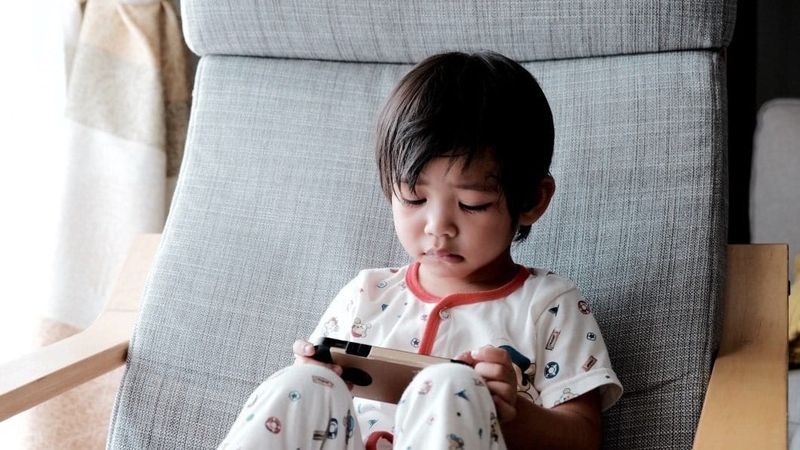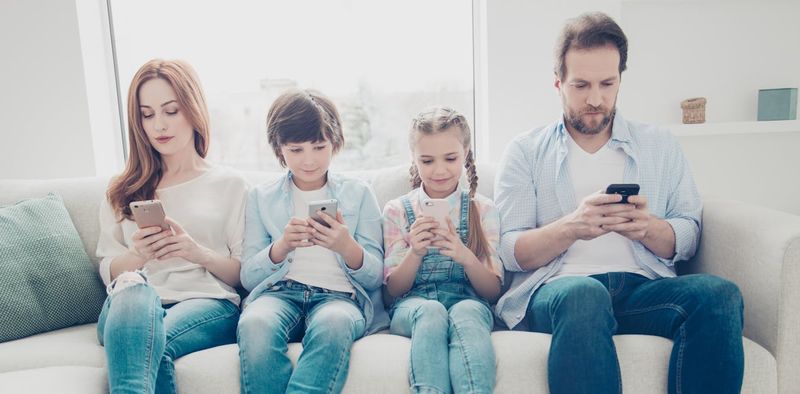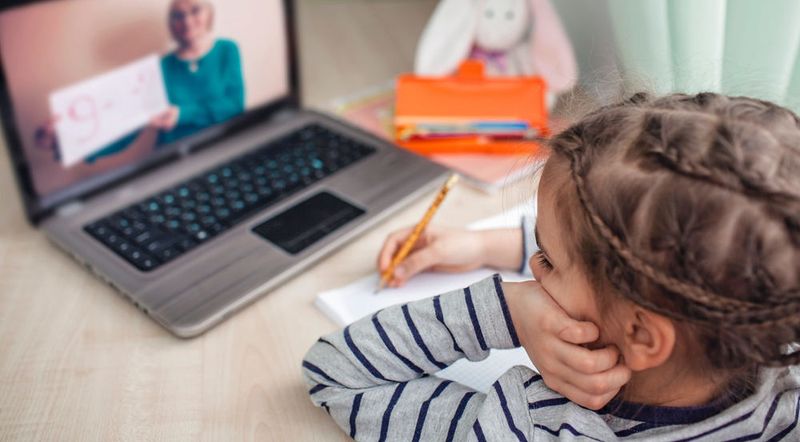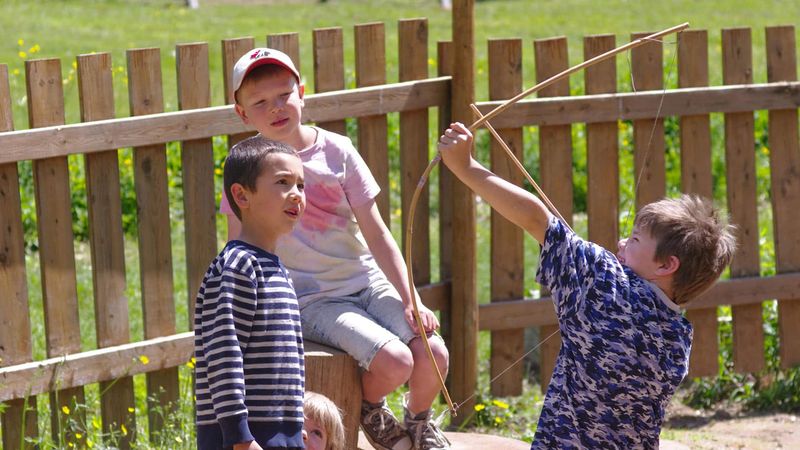Do you ever look at your kid, face lit up by a tablet, and wonder if we signed up for the right kind of future? I do. And if I’m honest, sometimes I catch myself scrolling instead of parenting, and I get it—the world feels wired now.
But lately, I can’t ignore the nagging worry that maybe all this tech isn’t as harmless as we want it to be. Maybe we’re running a giant experiment on our own kids, and nobody knows the end of the story.
So, here’s the raw, real talk: sixteen truths about how screen time could be shaping our kids—whether we admit it or not. Ready or not, here they come.
1. The Phantom Hunger: Screens and Snacking
Remember when snacks meant messy fingers and sticky faces from running outside? Now, snacks are just background noise as kids zone out in front of screens. I watched my niece finish an entire bag of chips without once looking up from her phone.
Medical studies back up what any parent’s gut already knows: screens make mindless eating a default. It’s not hunger, it’s habit. The body sits still, the mind checked out, and the food just disappears.
What’s wild is that this pattern can lead to real health consequences. Obesity isn’t just a headline—it’s a slow creep that begins with one more episode and one more handful of snacks. Our kids barely notice, but their bodies sure keep score.
2. Sleep Stolen by Blue Light
Night used to mean quiet, darkness, and the battle to keep your eyes open for one more story. These days, it’s kids begging for “just five more minutes,” faces glowing blue in the dark. They swipe, scroll, and text long past when their bodies need rest.
You know what’s brutal? Doctors say that blue light from screens messes with sleep hormones. Kids stay up later, fall asleep harder, and wake up groggy. It’s more than crankiness—it’s their brains missing out on the chance to recover.
Last week, my own daughter spent half the morning yawning because she couldn’t shut her brain off. No bedtime story fixes that.
3. Eyes That Forget the Sun
Not long ago, my son’s teacher called: He’s squinting at the board again. Turns out, more time inside means more time staring at screens, and less time outdoors. All those warnings about myopia? They’re not just scare tactics.
Eye doctors say every hour glued to a device inches kids closer to needing glasses. But it’s not just about seeing clearer—it’s about seeing the world at all. The sun, the trees, chasing a ball—these are becoming rare sights, traded for pixels and artificial light.
It hit me one afternoon when I had to beg my kid to join me in the backyard. He barely lasted ten minutes before asking for his tablet.
4. The Vanishing Art of Boredom
When I was a kid, boredom meant possibility. We built forts, drew comics, or just stared at clouds. Now, the second boredom shows up, out comes the tablet.
Screens banish boredom fast, but they also steal the chance for kids to get creative. That empty feeling? It’s supposed to nudge us toward curiosity. But if every dull moment gets filled by an app, when do kids learn to sit with themselves or invent something new?
I caught my nephew scrolling through YouTube, sighing, still bored. The screen didn’t save him; it just numbed him. Turns out, boredom might be the real lost art.
5. Attention Splinters, Minds Scatter
I sat next to my son as he flipped between a video, a group chat, and homework. The room buzzed, but his mind wasn’t present. He called it multitasking—I recognized it as splintered attention.
Every alert tugs at him, every ping breaks his train of thought. Teachers call about missed instructions. He can’t finish chores without losing track. It’s not laziness, it’s the chaos of divided focus.
Sometimes, I wonder if we’re raising kids who know a little about everything but can’t sit with one thing for long. Their minds race, but nothing sticks.
6. Anxiety Hidden in Notifications
You ever see a kid flinch every time their phone buzzes? Kids these days check her notifications like they’re waiting for bad news. It’s not just curiosity—it’s anxiety, thinly disguised as FOMO.
Social media keeps them on edge, always watching, always worrying they’ll miss something. I hear stories about kids dreading school because of memes and messages that make them feel left out.
It’s wild—the thing that was supposed to connect them pulls them into cycles of worry. No emoji or filter can soften that kind of stress.
7. Social Skills on Ice
At the playground, I watched four kids sitting side by side, shoulders touching, but not a word spoken. Every one of them lost in their own digital world. Smile for a selfie? Sure. Start a real conversation? Not so much.
Face-to-face skills need practice, and screens don’t teach tone or body language. Kids are getting fluent in emojis but rusty in real connection.
Sometimes, I wonder if our kids will know how to read the room—or if they’ll just scroll through it. What happens when the only way they know how to say “I’m sorry” is with a gif?
8. The Escape Hatch: Screen Time as Coping
I get it—sometimes screens feel like the only break from a world that can be loud or scary. My friend’s son retreats with his tablet every time he has a rough day. It’s his escape, his comfort zone.
But here’s the catch: when kids use screens to dodge feelings, they skip learning how to actually process them. Avoiding hard emotions with a game or show doesn’t make them disappear. It just buries them.
Eventualmente, those feelings bubble up anyway, and screens can’t help with that. I wish someone had told me that it’s okay for kids to feel uncomfortable sometimes.
9. The Mirror of Parental Habits
The toughest truth? Our kids copy what they see. I caught myself scrolling through Instagram at the breakfast table—looked up to see my daughter doing the same thing.
We tell them to put their screens down, but what do our actions say? Kids learn by example, and when parents are glued to devices, it makes limits feel pointless.
Sometimes, the hardest part is putting my own phone away first. Changing their habits means starting with mine.
10. Family Time—Paused, Not Played
I remember game nights when laughter echoed through the house. Now, family time means everyone sitting together but living separate digital lives. The TV blares, phones buzz, and nobody really talks.
Screens pause real connection. Sure, we share memes and funny videos, but it’s not the same as living moments together. Family traditions can fade fast when they’re replaced by scrolling.
I had to ask myself: When did we stop making eye contact? When did a group selfie become our idea of bonding?
11. Learning—But at What Cost?
Online learning saved us during lockdown, but it came with a price. My daughter could Google any answer, but struggled to pay attention or finish her work.
Screens make learning fast, but often shallow. Kids skip over struggle, missing the lessons that come with effort. Teachers say they see more kids who can click but can’t wrestle with tough questions.
Are we trading deep understanding for quick answers? Is it really learning if nothing sticks?
12. The New Playground: Risk Is Missing
Playgrounds are quieter now. Kids gather, but not for tag or swings—they huddle around screens. Risk, mess, and skinned knees have all but vanished.
Screens don’t teach bravery. You can’t learn resilience or problem-solving from a game with a reset button. Real play means negotiating, trying, sometimes failing.
Ask any grown-up—most favorite memories come from things that didn’t go as planned. Screen time edits out all the good mess.
13. Tiny Critics: The Social Media Impact
Remember the first time someone made fun of your haircut at school? Now imagine that, but multiplied by a hundred, with hearts and comments keeping score. For kids, social media can feel like a stage where everyone’s a critic.
Likes and shares become currency for self-worth. One mean comment can stick for weeks. It’s so easy to forget there’s a real kid on the other side of every post.
Sometimes, the internet’s noise drowns out our kids’ confidence before it ever has a chance.
14. Boundaries as Lifelines
Ever tried taking away a tablet and been met with a meltdown? Setting boundaries feels like a battle some days. Still, I think of them as lifelines, not punishments.
Kids need guidelines to feel safe, even if they fight them. The trick is consistency—no empty threats, just a steady rhythm they can count on.
Some families use charts or timers, some have tech-free hours. However you do it, show your kids you mean it, and that you’re willing to hold the line. They’ll push, but deep down, they know it’s love.
15. The Case for Outdoor Chaos
You haven’t heard real noise until seven kids crash through your backyard, shrieking with laughter. Outdoor chaos is messy, loud, and sometimes a little dangerous—and that’s the point.
Screens make life tidy, but being outside makes it real. Climbing trees, chasing dogs, skinning knees—these moments teach grit and imagination.
I have to push my own kids out the door, but they always come back sweaty and happier. The mud washes off. The memories stick.
16. A New Kind of Family Contract
We all want the magic solution. But maybe it’s not about rules—it’s about agreements. Last year, we made a family contract, all of us signing off on what we think is fair.
It wasn’t perfect. We negotiated, disagreed, laughed, and learned what we really value. Turns out, screen time didn’t have to be the villain if we all felt heard.
Making the contract together reminded us we’re a team, not just a list of chores and rules. The best changes start with listening, not lecturing.

